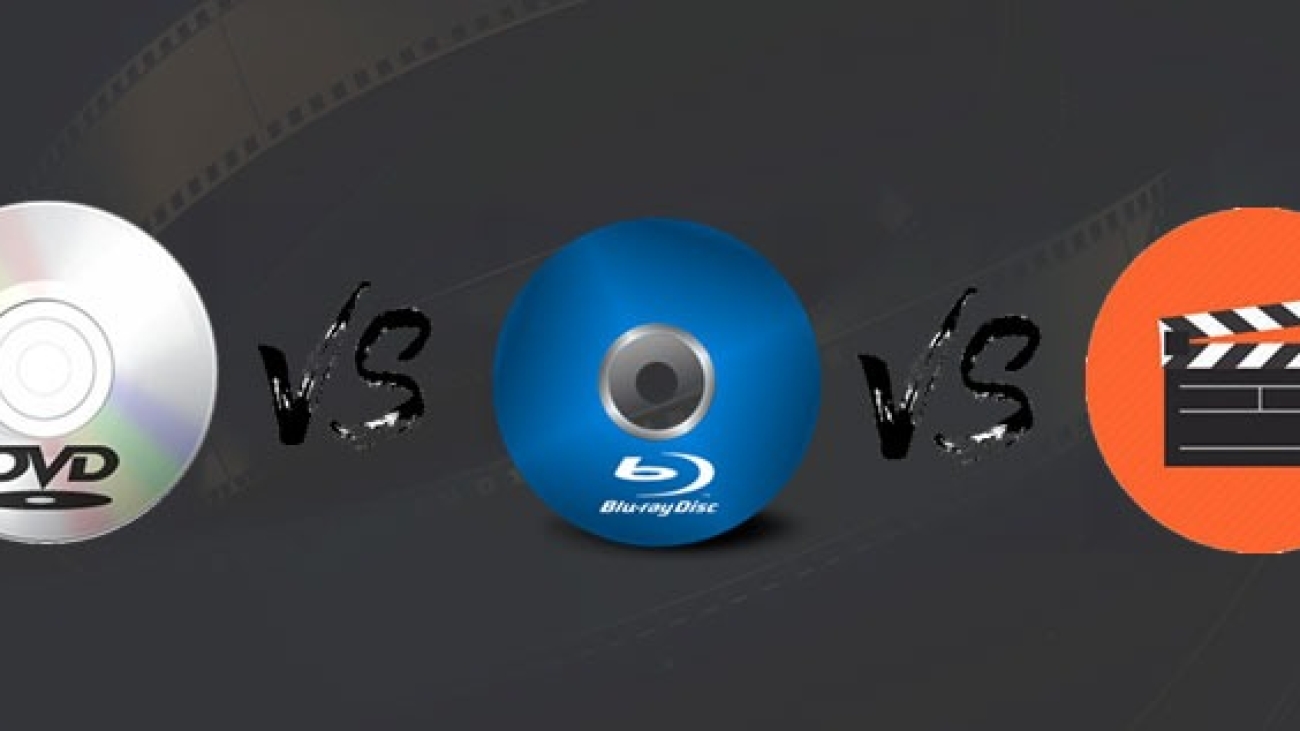When it comes to home entertainment, there are a variety of options available for watching movies and TV shows. In this article, we will compare and analyze DVD, Blu-ray, digital, and Video-on-Demand (VOD) releases in terms of their picture and sound quality, convenience, and cost.
First, let’s take a look at DVD releases. DVDs, or Digital Versatile Discs, have been the standard for home entertainment since their introduction in the late 1990s. They offer good picture and sound quality, and are widely available at retailers, rental stores, and online. DVDs are also compatible with most standard DVD players and gaming consoles. One downside of DVDs is that their picture and sound quality is not as high as some of the newer formats, such as Blu-ray and digital.
Blu-ray releases offer a significant improvement in picture and sound quality over DVDs. Blu-ray discs use a higher-density storage format than DVDs, which allows them to store more data and deliver a better visual and audio experience. Additionally, many Blu-ray releases include special features such as commentary tracks, behind-the-scenes footage, and deleted scenes. The downside of Blu-ray is that they are not as widely available as DVDs, and they require a Blu-ray player or gaming console to play.
Digital releases allow you to purchase or rent movies and TV shows directly from online stores such as iTunes, Amazon Prime Video, or Google Play Movies & TV. With digital releases, you can watch your movie or TV show on a variety of devices such as smartphones, tablets, and smart TVs. This offers great convenience as you can watch your movie or show instantly on the device of your choice. Digital releases are also typically cheaper than buying a physical disc. However, the downside of digital releases is that you cannot lend them to friends or resell them, and they are also dependent on internet connection.
VOD releases, or Video-on-Demand, refer to movies and TV shows that can be streamed directly over the internet. Services like Netflix, Hulu, and Disney+ are all VOD providers. VOD releases offer a high level of convenience as you can watch movies and TV shows instantly without having to wait for them to be delivered or having to leave the house to rent them. VOD releases also typically offer a wider variety of content than physical disc releases. However, VOD releases often require a subscription, which can add up over time, and the picture and sound quality can be affected by the viewer’s internet connection.
In summary, all the formats have their own pros and cons, DVD offers good picture and sound quality and widely available but not as high as some newer format, Blu-ray offers high picture and sound quality, special features and great but not as widely available and requiring special device to play. Digital is great in terms of convenience and cost-effective but have dependency on internet connection and not lendable and re-sellable, and VOD is extremely convenient and offers great variety of content but required subscription and internet connection is a concern.
Ultimately, the format you choose will depend on your priorities and preferences. If picture and sound quality are important to you, then Blu-ray or digital may be the best option. If convenience is key, then digital or VOD releases may be more up your alley. Ultimately, each format has its own advantages and disadvantages, and it is up to the individual to weigh the pros and cons and decide which one is the best fit for them.
